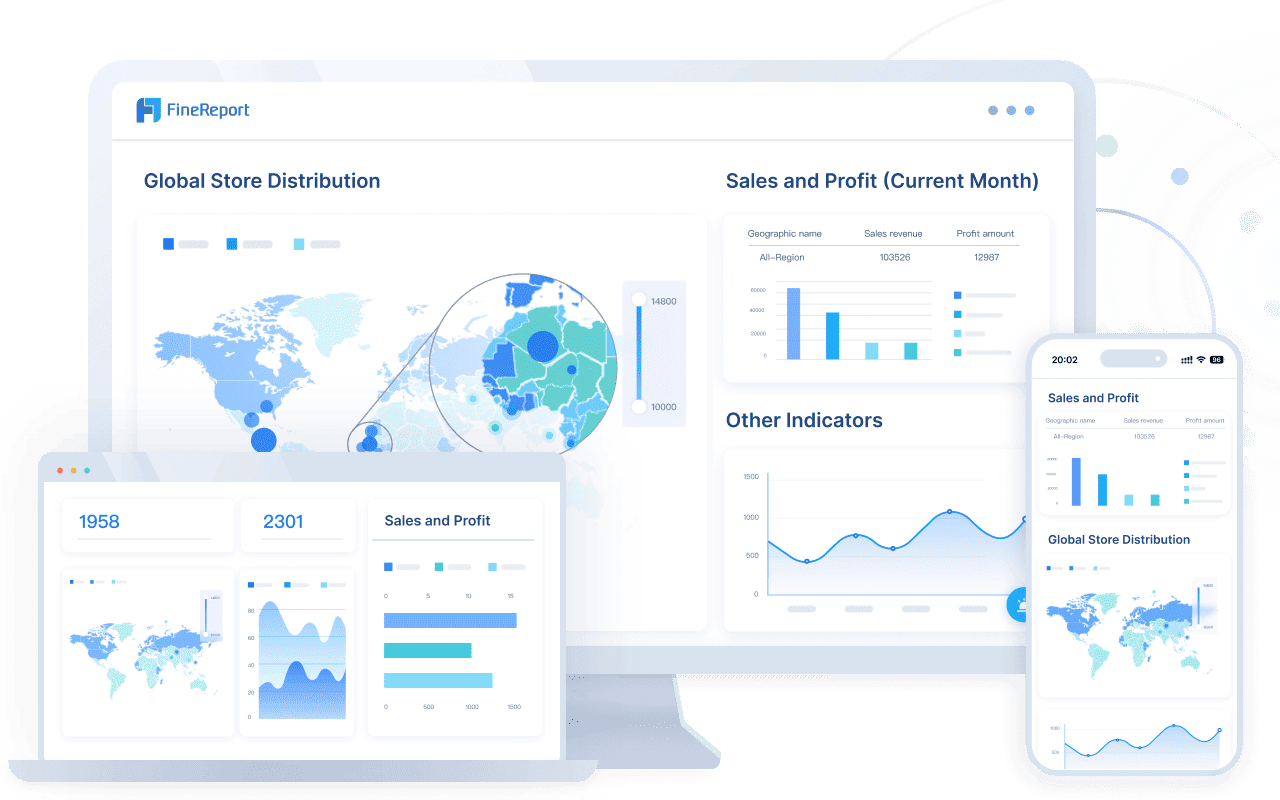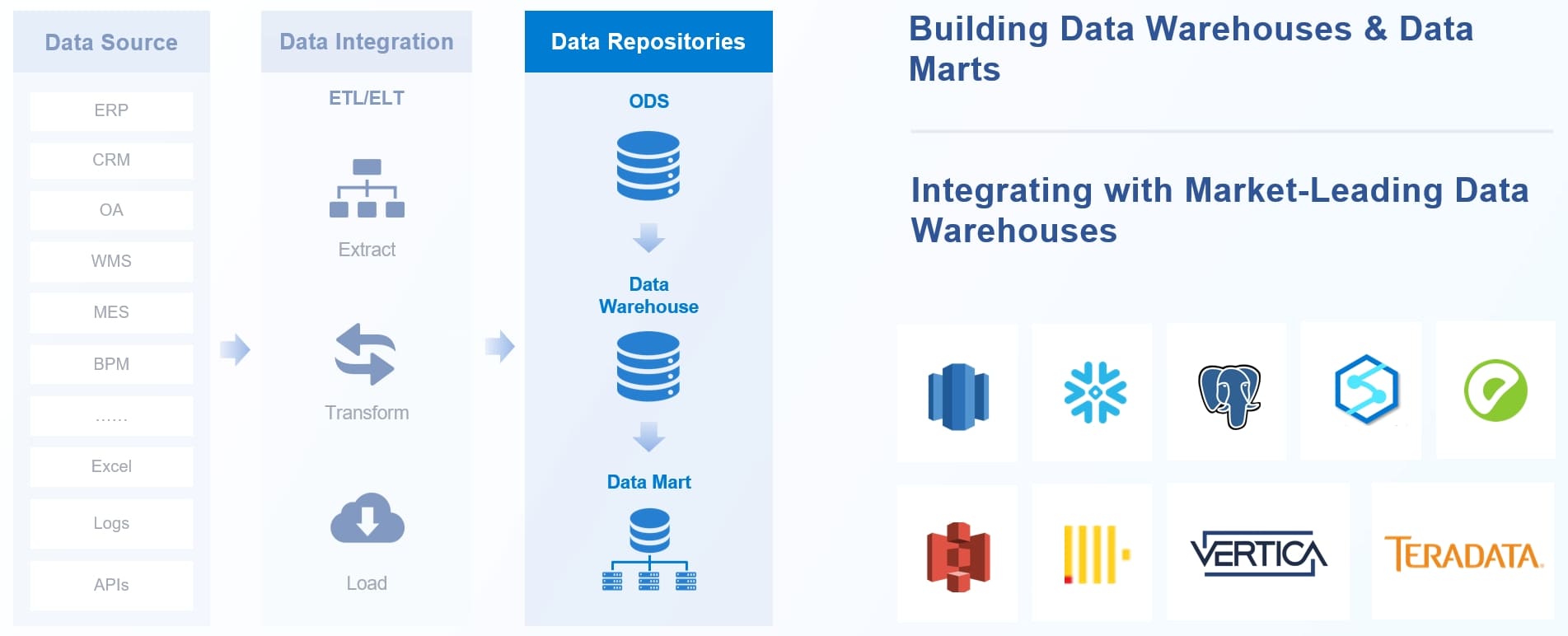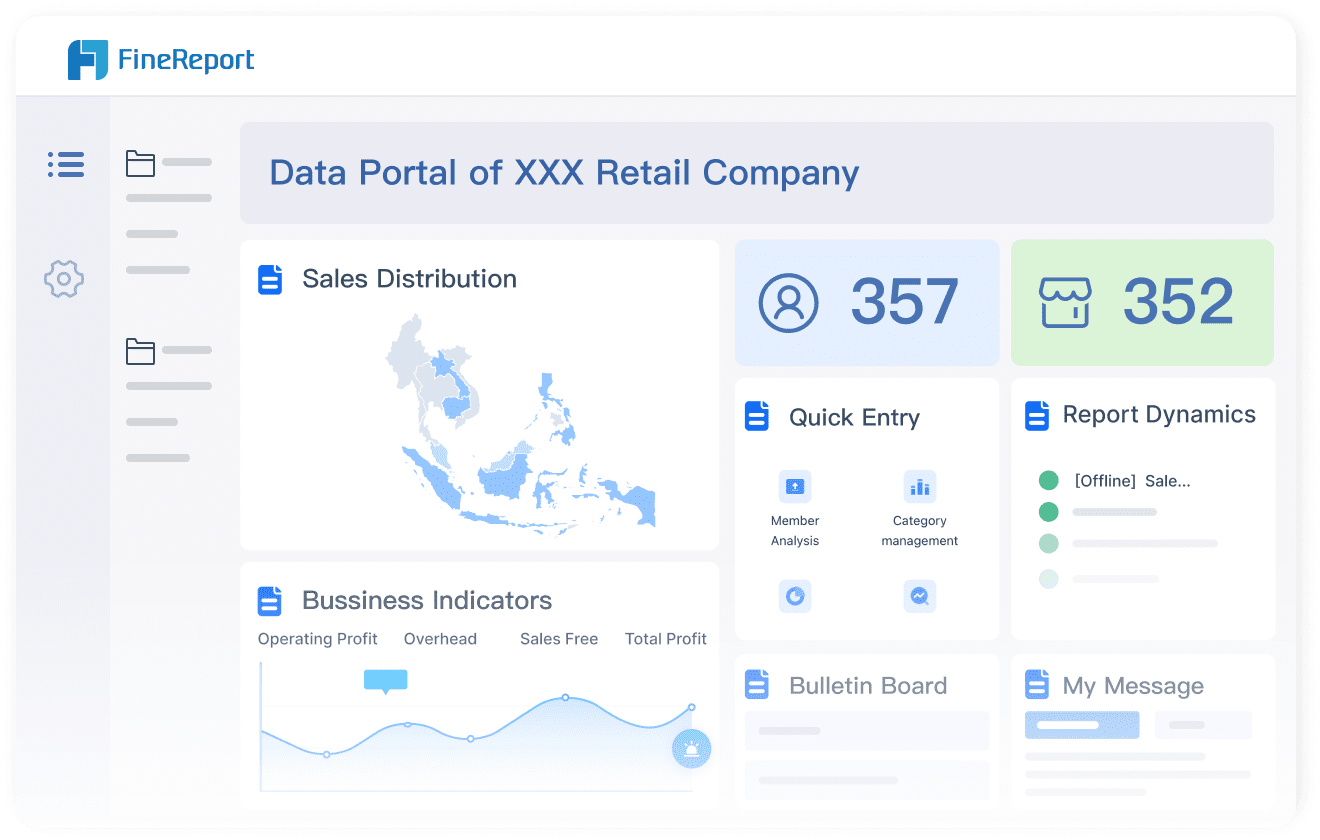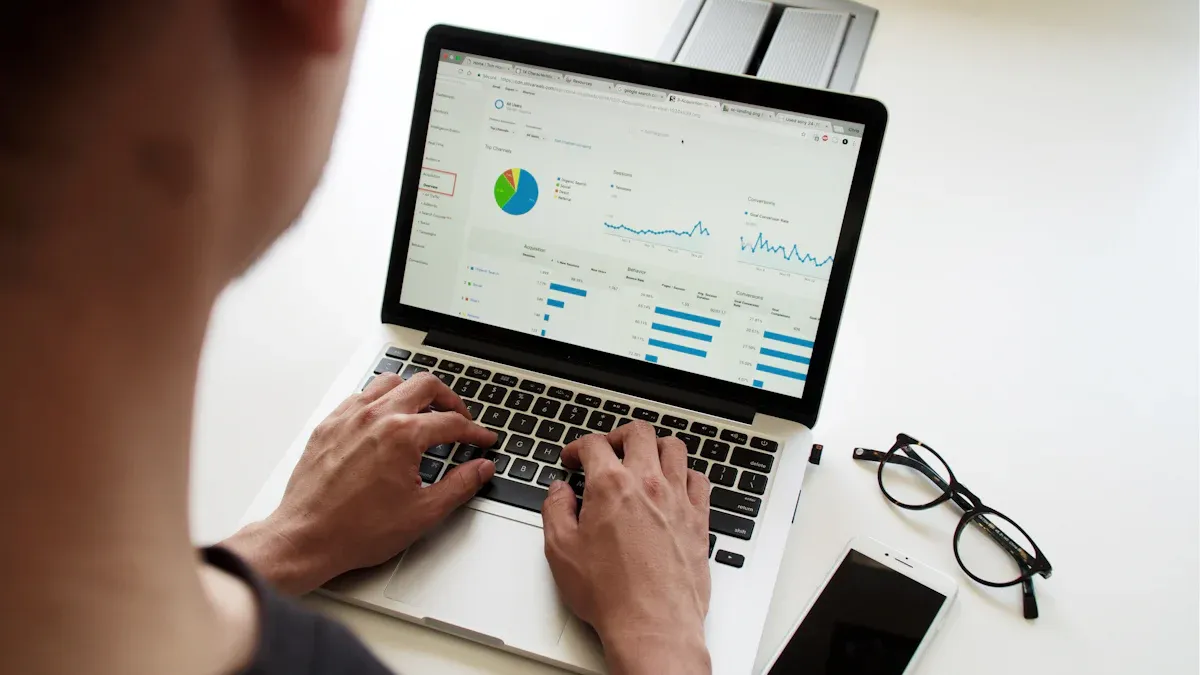3D Warehouse is the largest online library of pre-made 3D models, offering endless possibilities for your creative projects in Malaysia. It integrates seamlessly with SketchUp 3D Warehouse, allowing you to enhance your design workflow with ease. Whether you work in architecture or explore design as a hobby, this platform provides accessible tools for all skill levels. You can quickly find, download, and use models, saving time and boosting productivity. Its intuitive interface ensures that both professionals and beginners can navigate it effortlessly.
Key Takeaways
- 3D Warehouse is a huge online collection of 3D models. It is great for architects and people who enjoy designing. It saves time and boosts creativity with ready-made resources.
- The platform works well with SketchUp. Users can easily add models to their projects, making designing faster and easier.
- Finding models is simple with search tools and filters. These tools help users get the right models for their needs.
- Sharing on 3D Warehouse is easy and fun. Upload your models to show your talent and inspire others in the design world in Malaysia.
- New tech like AI search and live data tools will improve 3D Warehouse. This will make designing faster and more creative.
What is 3D Warehouse?
Overview of 3D Warehouse
3D Warehouse serves as a comprehensive online library for 3D models, offering a vast collection of 3D models that cater to diverse design needs in Malaysia. Whether you are an architect, interior designer, or hobbyist, this platform simplifies your creative process by providing ready-to-use resources. Its seamless integration with SketchUp 3D Warehouse ensures that you can access and utilize models directly within your design software, streamlining your workflow in Malaysia.
The platform thrives on its community-driven nature, where users contribute their creations, fostering collaboration and innovation. You can explore models ranging from furniture and buildings to intricate mechanical parts, all curated to enhance your projects in Malaysia. With features like image search and quality assurance mechanisms, 3D Warehouse ensures that finding and using models is both efficient and reliable.
Tip: If you're new to 3D Warehouse, start by exploring its image search feature. It simplifies the discovery process and helps you find models that match your vision in Malaysia.
Key Features and Benefits
3D Warehouse offers several features that optimize your design workflow and elevate your projects in Malaysia. Below is a table summarizing its standout features and their benefits:
| Feature | Benefit Description |
|---|---|
| Improved Accuracy | Ensures correct placement of items, preventing costly delays and losses. |
| Convenience | Quickly identifies potential problems, reducing the need for time-consuming manual inspections. |
| Cost Savings | Identifies issues that could increase costs, leading to significant savings in maintenance and operations. |
| Enhanced Safety | Provides accurate views to identify hazards, reducing the risk of accidents and improving safety. |
Additionally, the platform’s seamless integration with SketchUp 3D Warehouse allows you to import models directly into your design projects in Malaysia. This feature eliminates the need for external downloads, saving time and effort. The community-driven aspect encourages creativity, enabling you to share your own 3D Warehouse modeling creations and inspire others.
Here’s a quick list of features that make 3D Warehouse indispensable:
- Image Search: Find models effortlessly through visual search.
- Community-driven nature: Collaborate and innovate by contributing your own designs in Malaysia.
- Seamless integration: Access the 3D Warehouse directly within SketchUp for a smoother workflow.
- Quality assurance: Rely on user reviews and ratings to select high-quality models.
By leveraging these features, you can enhance your design process in Malaysia, reduce errors, and achieve professional results with ease.
How Does 3D Warehouse Work?
Accessing the platform
Accessing 3D Warehouse is straightforward. You can visit the platform through its website or directly within SketchUp. If you use SketchUp, the integration allows you to open 3D Warehouse without leaving the software. This feature simplifies your workflow in Malaysia and saves time. For first-time users, creating an account is quick and free. Once logged in, you gain access to thousands of free models in Malaysia. These models are ready to enhance your 3D modeling projects in Malaysia.
Tip: Bookmark the 3D Warehouse website for quick access. This ensures you can explore models anytime without searching for the link.
Searching for models
Finding the right models is easy with 3D Warehouse’s advanced search tools. The platform offers filters to refine your search in Malaysia. You can narrow results by category, file type, or popularity. For example, if you need furniture, select the furniture category. If you prefer specific file formats, use the file type filter. Sorting options also help you find models based on polygon count or compatibility with your software.
Here’s a table summarizing the search features:
| Feature | Description |
|---|---|
| Improved Search Functionality | Enhanced search with filters like category, file type, and popularity. |
| Advanced Filtering and Sorting | Refine searches by file format, polygon count, and compatibility. |
These tools make it easier to locate models that match your project needs in Malaysia. Whether you’re working on architecture or 3D modeling for a hobby, the search functionality ensures efficiency.
Downloading and using models
Downloading models from 3D Warehouse is simple. After finding a model, click the download button. You can choose the file format that works best for your software. If you use SketchUp, the model imports directly into your project. This seamless process eliminates extra steps and speeds up your workflow in Malaysia.
Once downloaded, you can customize the model to fit your design. For example, adjust the size, color, or texture to match your project’s requirements in Malaysia. This flexibility makes 3D Warehouse modeling a valuable tool for professionals and beginners alike.
Note: Always check the model’s details before downloading. This ensures compatibility with your software and avoids unnecessary adjustments.
Uploading and sharing models
Uploading your own models to 3D Warehouse is a straightforward process that allows you to contribute to the platform's growing library. By sharing your creations, you can showcase your skills, inspire others, and even receive feedback from the community. Here’s how you can get started:
- Prepare your model: Ensure your model is complete and optimized. Remove unnecessary details to reduce file size and improve performance. Add relevant metadata, such as tags and descriptions, to make it easier for others to find.
- Log in to your account: Access your 3D Warehouse account. If you don’t have one, create an account for free.
- Upload your model: Click the "Upload" button on the platform. Select your file and fill in the required details, such as the model’s name, category, and description. Use tags to improve searchability.
- Review and publish: Double-check the information you’ve entered. Once satisfied, publish your model to make it available to the community.
Tip: Use high-quality thumbnails and detailed descriptions to attract more users to your models.
Sharing models on 3D Warehouse fosters collaboration and creativity. Other users in Malaysia can download your models, use them in their projects, and even leave reviews. This feedback helps you improve your skills and gain recognition within the design community.
If you’re a professional, uploading models can also serve as a portfolio. It demonstrates your expertise and helps you connect with potential clients or collaborators in Malaysia. Whether you’re a beginner or an expert in Malaysia, sharing your work enriches the platform and benefits everyone.
Applications in Design and Architecture of 3D Warehouse in Malaysia
Streamlining workflows with SketchUp 3D Warehouse
SketchUp 3D Warehouse simplifies your design and operation processes by integrating pre-made 3D models directly into your workflow. This integration eliminates the need for manual modeling, saving you time and effort. For example, AMC Bridge's 3D Scene Builder plugin demonstrates how SketchUp 3D Warehouse enhances workflows. It allows you to browse and import models directly into the Unity environment, enabling seamless adjustments and scene creation.
The platform also supports real-time collaboration, letting multiple stakeholders access and edit designs simultaneously. This feature improves teamwork and ensures better communication and collaboration. Additionally, Trimble Connect integration streamlines project management, reducing the need for back-and-forth emails.
| Feature | Benefit |
|---|---|
| 3D Warehouse | Provides an extensive library of pre-built 3D models, saving time in the design process. |
| Real-time collaboration | Enables multiple stakeholders to access and edit designs simultaneously, enhancing teamwork. |
| Trimble Connect integration | Streamlines communication and project management, reducing the need for multiple emails. |
By leveraging these features, you can optimize your workflow, focus on creativity, and deliver projects more efficiently in Malaysia.
Enhancing project visualization with FineVis
FineVis takes project visualization to the next level by offering dynamic 3D visualizations and customizable dashboards. When paired with SketchUp 3D Warehouse, it creates a powerful combination for enhanced visualization. You can use the extensive library of models to find components that fit your project perfectly.

- The library allows you to easily locate a variety of components, improving visualization.
- Community contributions enable you to access creative models, fostering collaboration and innovation.
- Ready-made models reduce the time spent on 3D modeling, letting you focus on critical aspects of your project.
FineVis also supports real-time analytics, helping you make informed decisions quickly. Its zero-code interface ensures accessibility for all skill levels, making it ideal for designers seeking improved client engagement. By integrating FineVis with SketchUp 3D Warehouse, you can create layouts that captivate clients and enhance engagement in Malaysia.
Collaboration and communication in design
SketchUp 3D Warehouse fosters seamless collaboration by connecting designers, clients, and stakeholders in real-time. You can share models directly through the platform, ensuring everyone stays aligned with the project vision. This feature promotes better communication and collaboration, reducing misunderstandings and delays.
The community-driven nature of 3D Warehouse encourages engagement among designers. You can contribute your own 3D Warehouse modeling creations, inspiring others and receiving valuable feedback. This collaborative environment enhances creativity and builds connections within the design community.
For client engagement, the platform’s visualization tools help you present ideas clearly. You can use 3D models to showcase layouts and designs, improving client understanding and satisfaction. This approach leads to improved client engagement and strengthens relationships with your clientsin Malaysia.
By utilizing SketchUp 3D Warehouse, you can streamline communication, foster collaboration, and deliver projects that exceed expectations.
User Contributions and Licensing Considerations of 3D Warehouse
How users can contribute models
Contributing to 3D Warehouse allows you to showcase your creativity and help others in the design community. The process is simple and rewarding. Start by preparing your model. Ensure it is optimized for performance by reducing unnecessary details and adding metadata like tags and descriptions. This makes your model easier to find and use. Once ready, log in to your account and upload your file. Fill in details such as the model’s name, category, and description. Finally, review your submission and publish it for others in Malaysia to access.
To inspire you, here’s a table showcasing examples of user-contributed models and their methodologies:
| Model Description | Source | Methodology |
|---|---|---|
| Reconstructed model of the southwest side of the Middle Stoa | Previous work (Kontogianni et al. 2013) | Based on old drawings, images, literature, and expert assumptions |
| 3D model of the Stoa of Attalos | 3D Warehouse | Utilized HDR images and orthoimages for accuracy |
By contributing, you not only enrich the platform but also gain recognition for your work in Malaysia. This collaborative effort strengthens the community and fosters innovation.
Licensing and copyright considerations
Understanding licensing and copyright is crucial when using or sharing models on 3D Warehouse. The platform operates under Trimble’s Software End User License Agreement, which outlines the terms for accessing and sharing content. You can use models for personal projects, but you must adhere to the 3D Warehouse Terms of Use when uploading your creations.
Here are key points to keep in mind:
- The content on 3D Warehouse is licensed under separate agreements.
- Users must follow the specific terms outlined for both the 3D Warehouse and Extension Warehouse.
- You can share your models with others, but ensure compliance with the platform’s guidelines.
These rules protect creators’ rights while promoting a fair and collaborative environment. Always review the licensing terms before using or uploading models to avoid potential issues.
Ensuring quality and accuracy of models
Maintaining high-quality and accurate models is essential for effective visualizing and assessing layouts. When contributing to 3D Warehouse, focus on creating detailed and reliable models. Use accurate measurements and realistic textures to enhance usability. Adding metadata, such as tags and descriptions, improves searchability and ensures your model reaches the right audience in Malaysia.
As a user, you can also collaborate on the same warehouse model with others to refine its quality. This collaborative approach ensures that the models meet professional standards and remain useful for various design projects. By prioritizing quality, you contribute to a more reliable and efficient platform for everyone.
Future Potential of 3D Warehouse in Malaysia
Emerging trends in 3D Warehouse modeling
The future of 3D Warehouse looks promising as new trends reshape how you interact with 3D models. Industry analysts highlight several advancements that enhance the platform's usability and functionality. For instance, AI-powered search tools now allow you to find models using images. This feature simplifies the process of locating specific designs, saving you valuable time. Enhanced filtering options also make it easier to refine your search. You can filter models by category, file size, or polygon count, ensuring you find high-quality models that meet your project needs in Malaysia.
Another exciting development is the introduction of manufacturer tools. This dedicated section lets manufacturers showcase their products, offering better visibility and organization. If you’re a designer, this feature provides access to professionally crafted models directly from manufacturers, ensuring accuracy and reliability. These trends not only improve your experience but also set the stage for more innovative features in the future.
Tip: Take advantage of the AI-powered search and filtering options to streamline your workflow and focus on creativity.
Expanding applications in design and architecture with FineDataLink and FineReport
The integration of 3D Warehouse with tools like FineDataLink and FineReport opens up new possibilities for design and architecture. FineDataLink enhances your ability to manage and integrate data from multiple sources. By connecting real-time data with 3D models, you can create dynamic visualizations that reflect current conditions. This capability is especially useful in large-scale projects where accurate data integration is critical.

FineReport complements this by enabling you to generate detailed reports and dashboards. Imagine presenting a 3D model of a building alongside real-time analytics on energy efficiency or material usage. This combination not only improves project visualization but also aids in decision-making. You can use these tools to streamline workflows, reduce errors, and deliver more impactful presentations.

By leveraging these advanced solutions, you can elevate your projects to a new level of professionalism. Whether you’re designing a smart factory or planning a residential complex, the synergy between 3D Warehouse, FineDataLink, and FineReport ensures you have the tools to succeed. Here is a 3D interactive demo created by FineReport, click to experience it.
3D Warehouse plays a vital role in modern design and architecture. It simplifies your workflow by providing a vast library of ready-to-use models, saving time and effort. Its user-friendly interface ensures accessibility for everyone, from beginners to professionals. The platform fosters collaboration by enabling you to share and explore creative ideas within a global community. With emerging technologies like AI and real-time data integration, 3D Warehouse is set to revolutionize how you approach design, making it more efficient and innovative in Malaysia.
Click the banner below to try FineDataLink and FineReport for free and empower your enterprise to transform data into productivity!
Continue Reading About 3D Warehouse
Why Choose 3D Data Visualization?
Effective Methods for Categorical Data Analysis in 2025
FAQ
What is the cost of using 3D Warehouse?
3D Warehouse is free to use. You can access thousands of models without any charges. However, some premium models or features may require a paid SketchUp subscription.
Can I use 3D Warehouse models for commercial projects?
Yes, you can use models for commercial projects. Always review the licensing terms for each model to ensure compliance. This helps you avoid potential copyright issues.
How do I ensure compatibility with my software?
Check the model’s file format before downloading. 3D Warehouse supports multiple formats, including SketchUp files. Use the filtering options to find models compatible with your software.
Can I edit models after downloading them?
Yes, you can customize models to fit your project. Adjust dimensions, colors, or textures using your design software. This flexibility makes 3D Warehouse ideal for personalized projects.
How do I improve the visibility of my uploaded models?
Add detailed descriptions, relevant tags, and high-quality thumbnails. These elements make your models easier to find and attract more users. Engaging with the community also boosts visibility.
Tip: Regularly update your models to keep them relevant and maintain their quality.

The Author
Lewis
Senior Data Analyst at FanRuan
Related Articles

10 Best Retail Analytics Software Platforms for Retailers
Compare the 10 best retail analytics software platforms for retailers to boost sales, optimize inventory, and gain actionable customer insights.
Lewis
Dec 16, 2025

11 Best Tools for Research Analysis for Academics
Compare the 11 best tools for research analysis to boost academic and professional research efficiency, data management, and collaboration.
Lewis
Dec 11, 2025

10 Best Market Research Data Analysis Tools to Try This Year
See the top 10 market research data analysis tools to boost insights, streamline workflows, and make smarter business decisions this year.
Lewis
Dec 11, 2025





